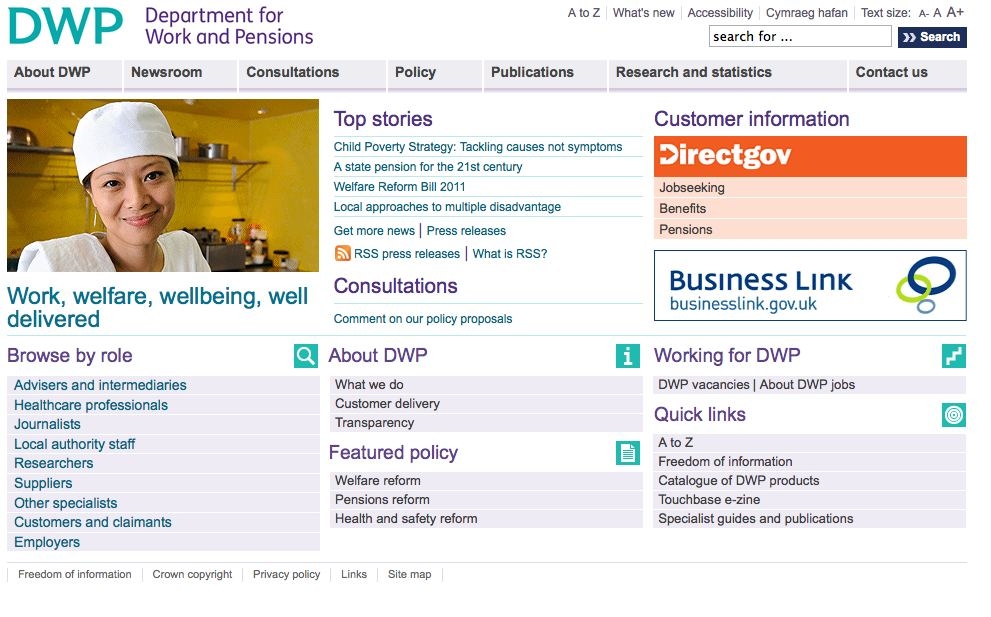
The average annual management charge for trust-based schemes has risen in the last two years, research into defined contribution pensions has shown.
The Department for Work and Pensions report found the average AMC for trust-based schemes was 0.75% of the fund per year compared to 0.71% in 2011.
Among contract-based schemes the average AMC had fallen slightly from 0.95% in 2011 to 0.84% in 2013.
{desktop}{/desktop}{mobile}{/mobile}
Key findings of the 'Landscape and Charges Survey 2013: Charges and quality in defined contribution pension schemes' were:
• Where a commission-based adviser was used, this led to an average increase in the AMC paid by members of trust-based schemes of 0.4% and in contract-based schemes of just under 0.2%.
• Members of smaller schemes (12 to 99 members) paid a higher than average AMC in both trust-based and contract-based schemes, of 0.91%.
• Members of larger schemes paid significantly below the average: those in the largest schemes of 1,000 members or more paid an average of only 0.42% in trust-based and 0.51% in contract-based schemes
• Older schemes tended to charge more - the average AMC for trust-based schemes that were set up before 1991 was 0.81%; this decreased to 0.71 per
cent for schemes set up in 2001 or later.
• Some 64% of trust-based schemes reported they used an adviser in relation to their scheme in the past year.
• 85% of trust-based schemes with 1,000 members or more reported using an adviser, compared to only 44% of the smallest schemes.
The DWP report said: "Most providers insisted that charges on new schemes were now at an historic low and argued against lowering them further, except on older schemes with very high charges.
"Providers felt that higher charges sometimes allowed them to offer a range of higher quality services, which could help drive member engagement.
"Some advisers shared providers' views that there was more to picking an appropriate scheme than simply identifying the one with the lowest charges.
"While they always took charges into consideration when researching the market, they looked primarily at how different charges would deliver value for money."

